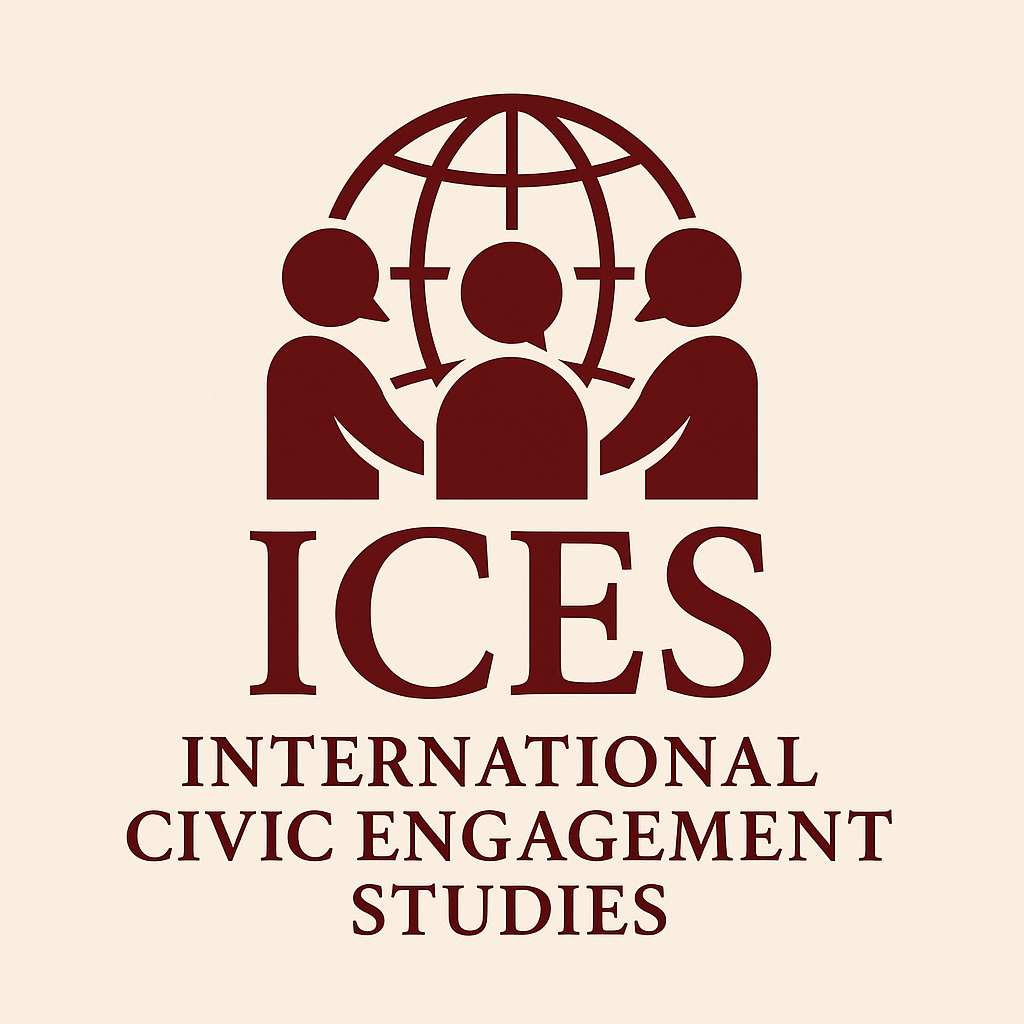
Author Guidelines – International Civic Engagement Studies (ICES)
Authors submitting manuscripts to the International Civic Engagement Studies (ICES) must follow the guidelines outlined below. The submitted manuscript must be original, not previously published, and not under consideration for publication elsewhere. All manuscripts must be written in clear academic English and conform to the following structure and formatting.
Title and Author Information
Abstract and Article Information
Manuscript Structure
Use Times New Roman 12 pt, single spacing, 6 pt spacing between paragraphs. All section headings should be bold. The paper should be formatted in one-column layout using A4 size, and follow this order:
The introduction should:
Formatting Notes:
This section must describe:
All procedures must be described clearly and in detail so that other researchers can replicate the study.
This section presents research findings and interprets them based on theoretical and empirical foundations.
This section must:
Bullet points using numbered lists are recommended to enhance clarity.
Examples:
Aarrestad, P., Masunga, G., Hytteborn, H., Pitlagano, M., Marokane, W., & Skarpe, C. (2011). Influence of soil, tree cover and large herbivores on field layer vegetation along a savanna landscape gradient in northern Botswana. *Journal of Arid Environments*, 75, 290–297.
Kim, Y. K., Yoo, K., Kim, M. S., Han, I., Lee, M., Kang, B. R., & Park, J. (2019). The capacity of wastewater treatment plants drives bacterial community structure and its assembly. *Scientific Reports*, 9(1), 1–9.
Stewart, E. J. (2012). Growing unculturable bacteria. *Journal of Bacteriology*, 194(16), 4151–4160.
Additional Notes
Let me know if you’d like this turned into a .docx file, or if you want me to create a template file (with styles applied) for authors to download directly from your site.
 |
Published by: PT Citra Nusa Digital | |

cndpublisher is licensed under a Creative Commons Attribution 4.0 International License
